Anna Navas, director and film programmer at Plymouth Arts Cinema, introduced a themed evening to explore costume and fashion in the cinema, inspired by the Dress Code exhibition at The Box.
Reviewed by Nigel Watson
As in real life, costume in the cinema, indicates and reflects specific periods in history. The costume of a film star can become a defining image indelibly associated with its star and their generation. Charlie Chaplin is the perfect example. His tramp outfit accessorised with a cane and bowler hat became a powerful symbol of his tragi-comic persona and a symbol of the Depression era.
Anna told how she was more impressed by posters of Marilyn Monroe rather than those of pop stars, and Marilyn has certainly remained a far more enduring icon. Her image from The Seven Year Itch where she wears a flowing white cocktail dress designed by William Travilla, is regarded as one of the most famous dresses in history.
Historical dramas and science fiction films are the most obvious examples of film genres that use costumes to define their settings and characters, but Anna chose to screen Alfred Hitchcock’s North by Northwest because it uses the everyday fashion of that period in a more subtle and intriguing manner.
Following Anna, Terah Walkup, Curator of the Dress Code exhibition at The Box, revealed that the museum holds a huge stock of Plymouth-related clothing. Given the limited space available for the exhibition, she focused on female fashions and on displays about the once thriving clothing factories in Plymouth.
Preceding North by Northwest, archive film footage from The Box showed an amusing selection of vox pops from the streets of Plymouth city centre in the 1960s. Members of the public were asked by a male interviewer wearing hot pants, like someone who has escaped rehearsals for The Rocky Horror Show, what they thought if this fashion caught on. Most were unimpressed and a woman responded with; ‘my husband has hairy legs.’ Men wearing long hair were questioned and even women wearing boots was somehow regarded as ‘retrograde’. Asked whether they dressed to impress their man or to please themselves, most women said they did it to please themselves.
There was also a short film about Plymouth’s Berkertex clothing factory in Honicknowle that showed how their designers spent a whole year looking at the latest fashions and putting together new designs for the factory. Inside the factory we see row upon row of the workers busy at their Singer sewing machines.
From the streets of Plymouth city, North by Northwest takes us to the very busy streets of New York city where Roger O Thornhill (Cary Grant) is a busy advertising executive.
Thornhill is mistaken by an enemy spy ring for a secret agent called George Kaplan. Thornhill is dramatically photographed taking the knife out of the back of a victim of one of the gang’s thugs and he goes on the run from both the police and the thugs to find Kaplan and prove his innocence.
As well as being a colourful action thriller with set pieces like the crop duster and the escape over Mount Rushmore sequences, it involves Thornhill falling in love with Eve Kendall (Eva Marie Saint), and has many comic asides and innuendoes. These elements combined with its innocent man on the run theme perfectly distils elements from previous Hitchcock classics like The 39 Steps and Saboteur.
In terms of fashion, Cary Grant was an expert, and he needed no schooling from Hitchcock. For most of the film he wears a grey suit tailored by Savile Row, customised to emphasise his grace and confidence.
Eva Marie Saint had a more mousey image, and rejecting an expensive wardrobe set out by the MGM film studio, Hitchcock set about refining and perfecting her image. He intended to portray her in bright clothing in subdued scenes and in modest clothing in the action sequences. They chose from the latest outfits at Bergdorf Goodman, and Hitchcock explained:
‘I suggested she be dressed in a basic black suit (with a simple emerald pendant) to intimate her relationship with James Mason (the head of the spy ring – N.W.); in a heavy silk black cocktail dress subtly imprinted with wine red flowers, in scenes where she deceived Cary; in a charcoal brown, full-skirted jersey and a burnt orange burlap outfit in the scenes of action.’
James Mason and his fellow gang members were as equally well dressed as Cary Grant. Graphic designer Madeleine Hettich In her article, The Style of North by Northwest, notes that Mason,‘…dresses stylishly in an array of tweeds, making him seem more like an English gentleman than someone truly evil. His delightful diction and suave style contrast with his underhanded motives to create a truly fascinating character.’
After the film there was a Q and A session where the meticulous use of fashion, settings and narrative by Hitchcock was discussed and appreciated. It was observed that despite wearing a suit throughout most of the film, it emphasised rather than restricted Cary Grant’s fluid and athletic movements. Like Alfred Hitcock himself, it was noted how much the film was like the James Bond movies that followed a few years later, including the narrative structure and how Bond dressed as stylishly as Grant.
The scenes of Plymouth fashion were also discussed and Terah Walkup added that The Box has received fewer fashions related to men, children and clothing from the 1970s onwards. This might be due to people not hanging on to clothing like they used to, as it has become cheaper and more disposable (indeed The Box exhibition shows examples of disposable paper dresses).
Certainly, the Dress Code evening gave some wonderful insights into the role of costume in filmmaking and was an inspiration to see the exhibition at The Box.
Dress Code: Fashion Stories from The Box runs until 04 September 2022 at:
https://www.theboxplymouth.com/events/exhibitions/dress-code
The short Berkertex film can be viewed at:
https://player.bfi.org.uk/free/film/watch-plymouths-berkertex-textile-factory-1970-online
The Style of North by Northwest at:
https://greyjournal.net/play/style/the-style-of-north-by-northwest/
Image: The Box
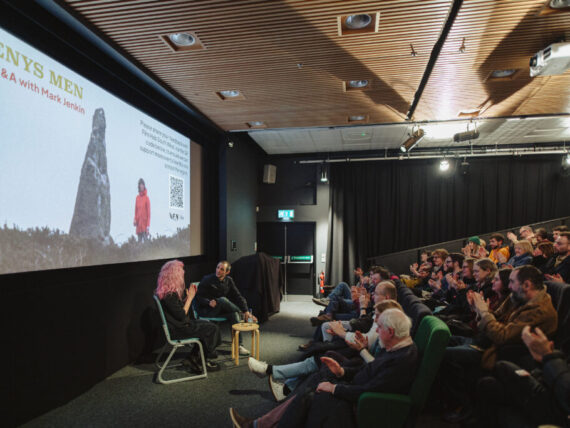

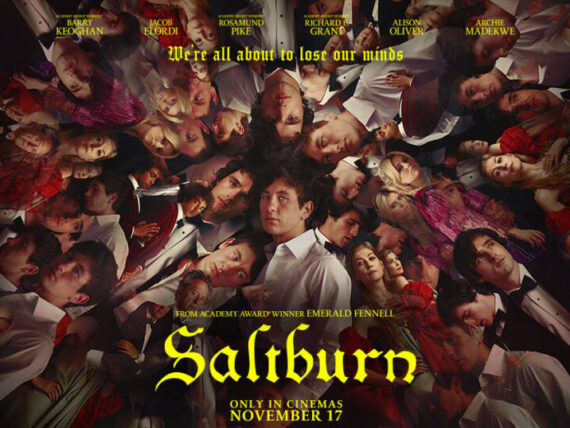

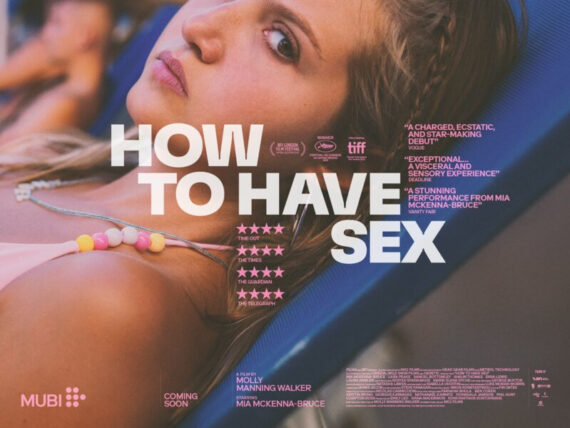
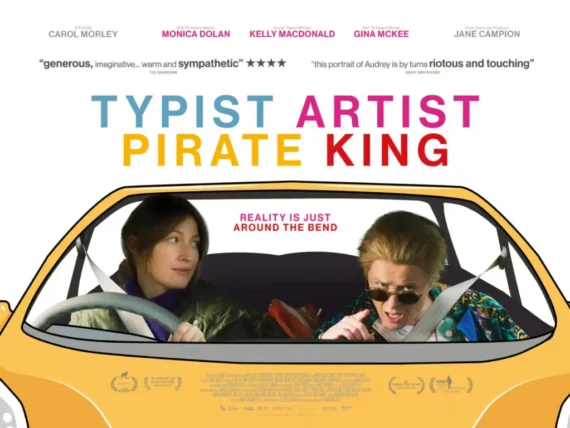
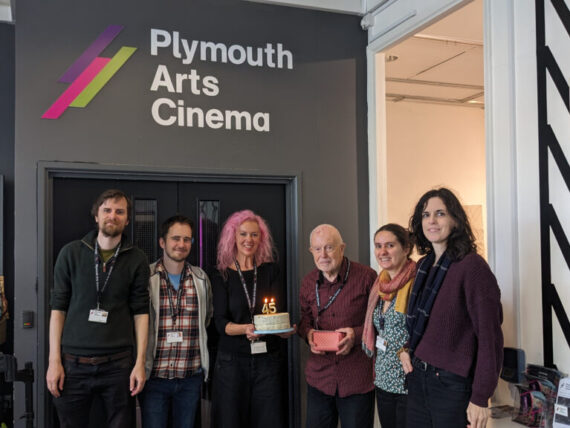

Comments
No comment yet.